
Waterford Viking Triangle

Vikings of Mann

VikingaTider, Sweden

THE VIKING MUSEUM Djurgarden, Sweden

Vikingagården Gunnes gård

Viking World

Viking Valley, Gudvangen, Norway

The Faroe Island Viking Ship

Viking Ship Museum, Roskilde

Viking House
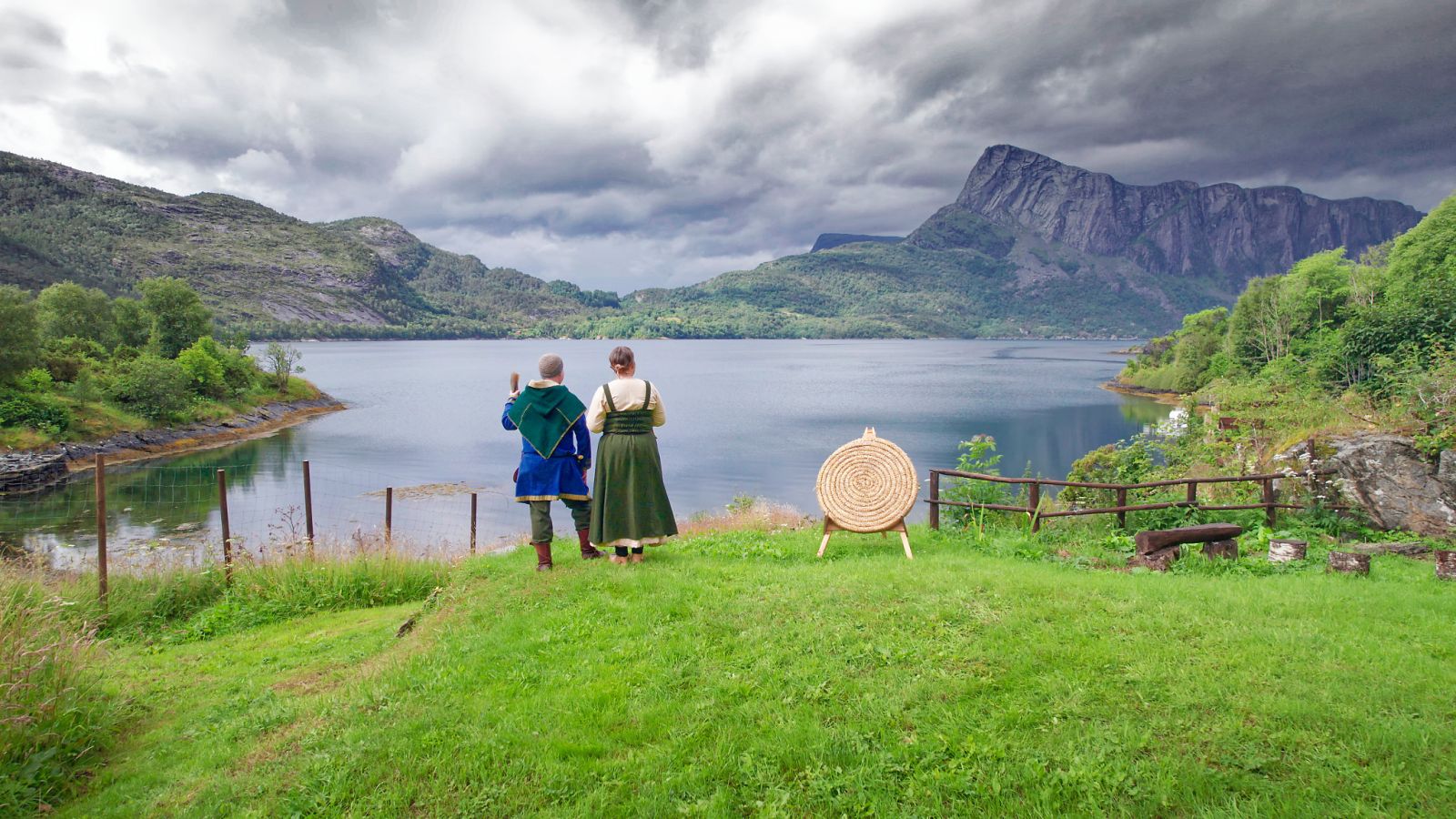
Viking Footprints

Viking Events

Viking information centre Wieringen

Vestfold Fylkeskommune

Veliky Novgorod, Russia

Värmlands Viking Centre

Unst, Shetland

Ulvsborg

Tynwald Hill

Trelleborgen Viking Museum

Trelleborg Viking Fortress, Denmark

Torres de Oeste (Oeste Fortress), Catoira, Spain

Tissø, Denmark

Tinganes, Faroe Islands
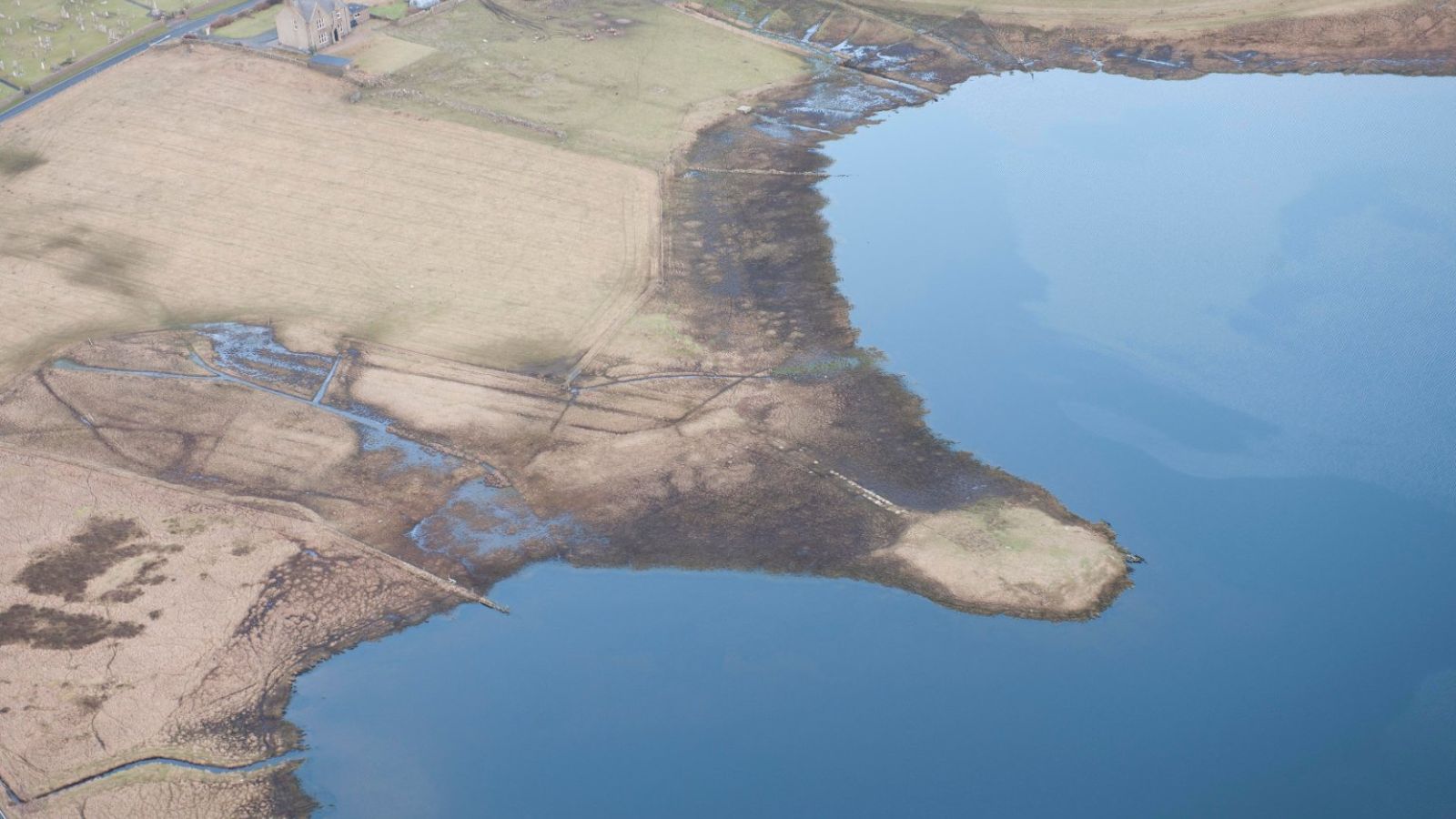
Tingwall, Shetland

þingvellir, Iceland

Viking Ship Museum, Oslo

The Swedish History Museum

The Irish National Heritage Park

The Bu, Orkney

The Braaid

SVEG, Sweden

Sverd i Fjell (Swords in Stone), Hafrsfjord

Sutton Hoo

Storholmen Viking Village, Sweden

Stockholms Lansmuseum

Stichting Weg van de Vikingen (Dutch Viking Foundation)

Foreningen Stavgard, Gotland, Sweden

Staraya Lagoda, Russia

Kirkwall and St Magnus Cathedral, Orkney

Spakonuhof – Museum of Prophecies

Sør-Troms Museum

Trondenes Historical Centre, Norway

Skálholt
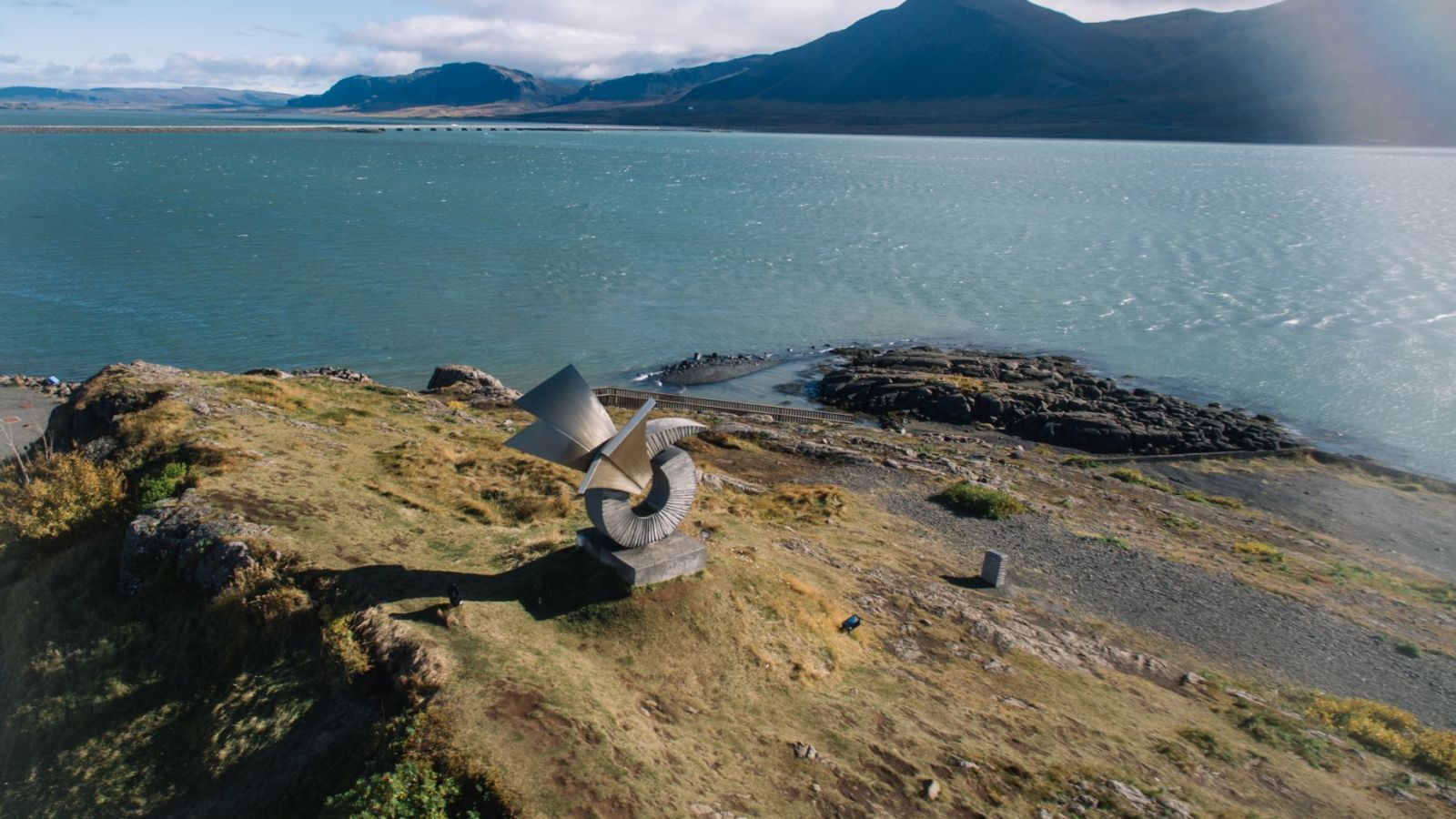
Settlement Centre

Sandoy, Faroe Islands

Sandnæs

Saga Museum

Saga Centre, Hvolsvöllur

Ryurikovo Gorodische/Rurik’s Hill Fort
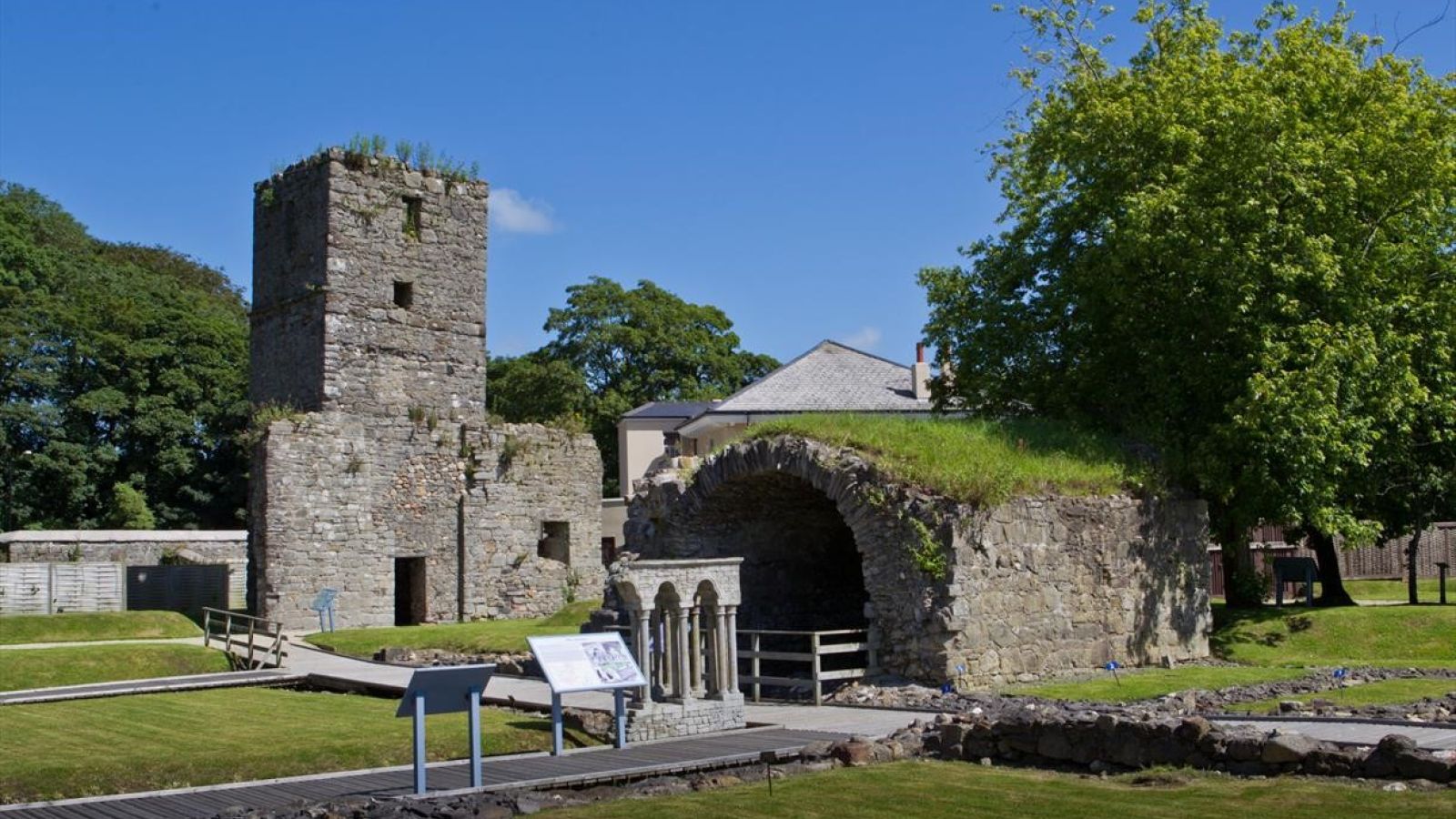
Rushen Abbey

Runriket (The Rune Kingdom), Sweden

Rosala Viking Centre

Rouen City, Department of Culture

Ribe Viking Centre, Denmark

Reykholt

Pskov

Polotsk

Gotlands Museum, Sweden

Oseberg Viking Heritage, Norway

Ornavik Historic Park – Les Vikings An 911

Orkney Museum
Orkney Islands Council/UHI Institute of Archaeology

Noormamenroute Asselt

Fóroya Formnminnissavn/National Museum of the Faroe Islands

National Museum of Scotland

National Museum of Ireland

National Museum of Iceland
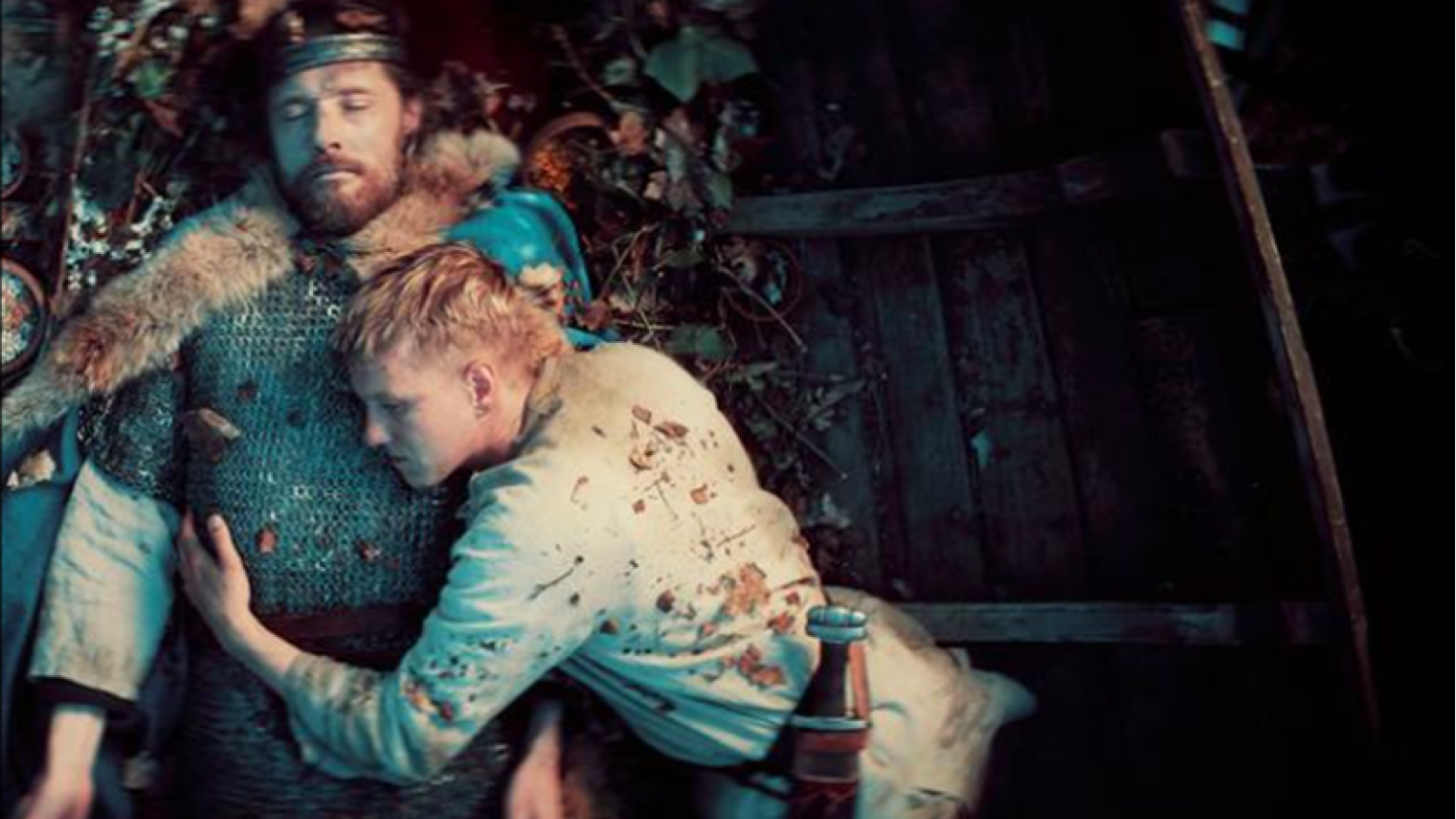
National Museum of Denmark
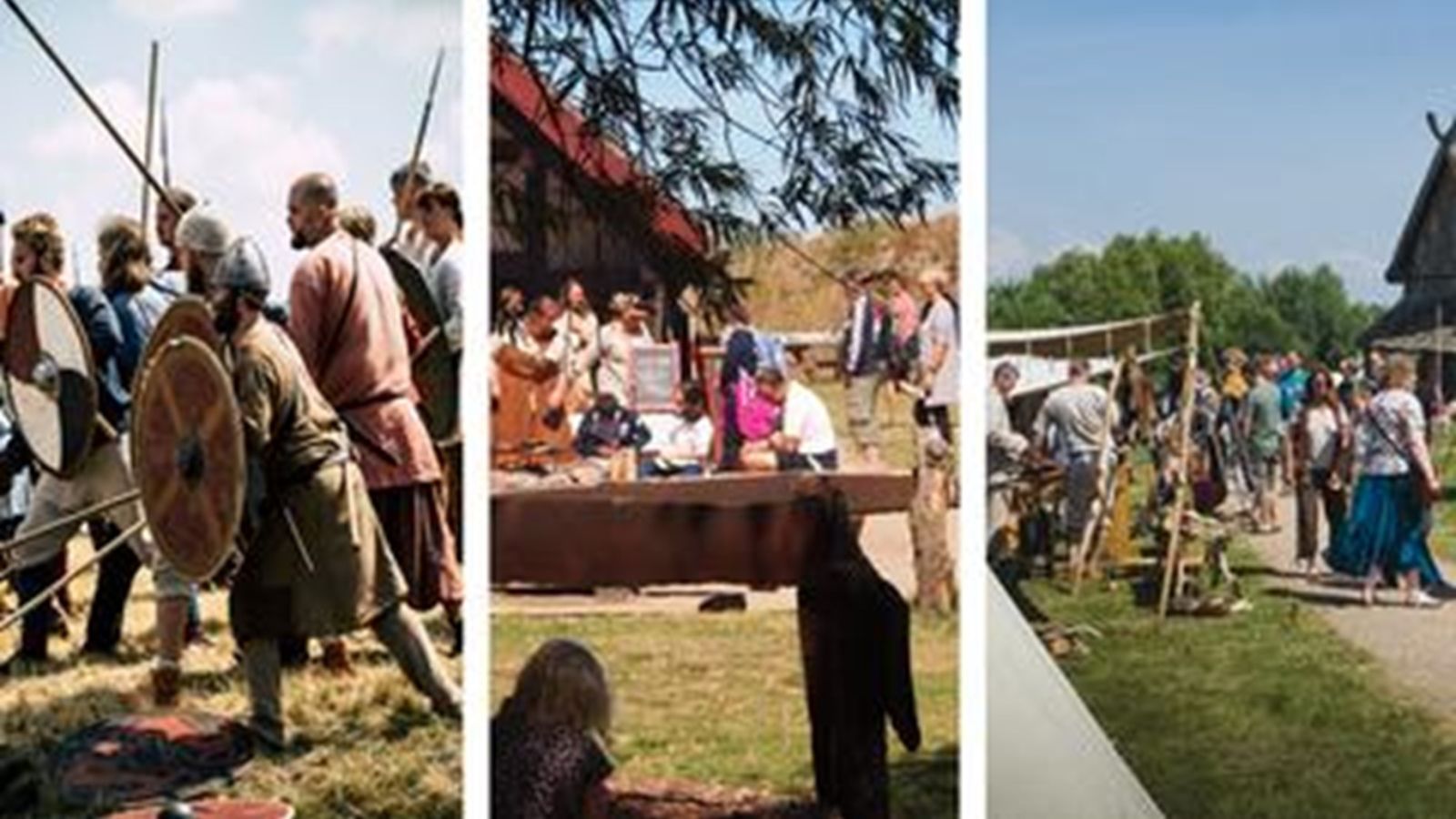
National Museum of Denmark and Trelleborg Viking Fortress

Museum Vestsjælland

Historical Museum, University of Oslo, Norway

Museum of Archaeology, University of Stavanger, Norway

Museum Asselt, Netherlands
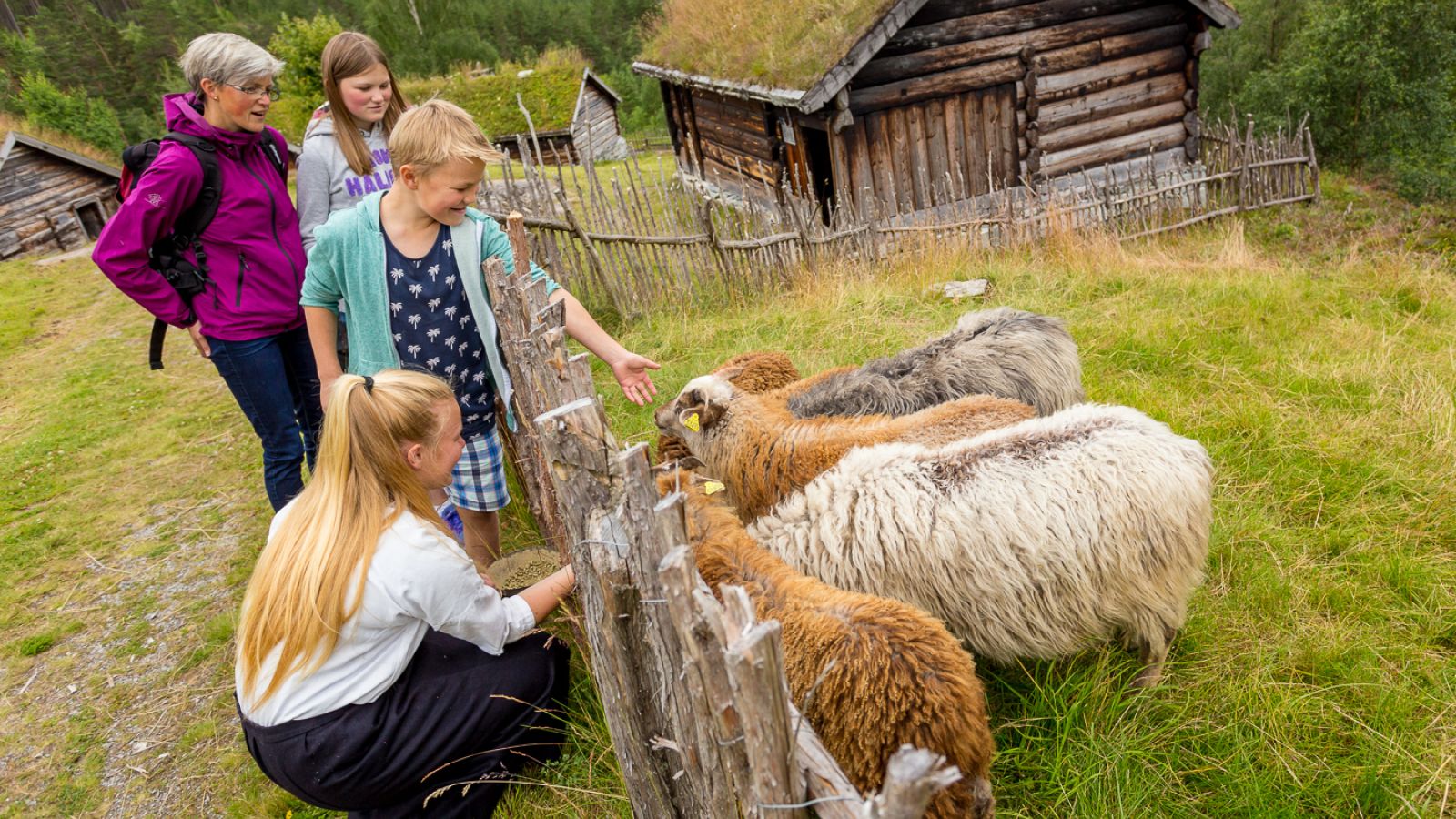
Norsk Kvernsteincenter
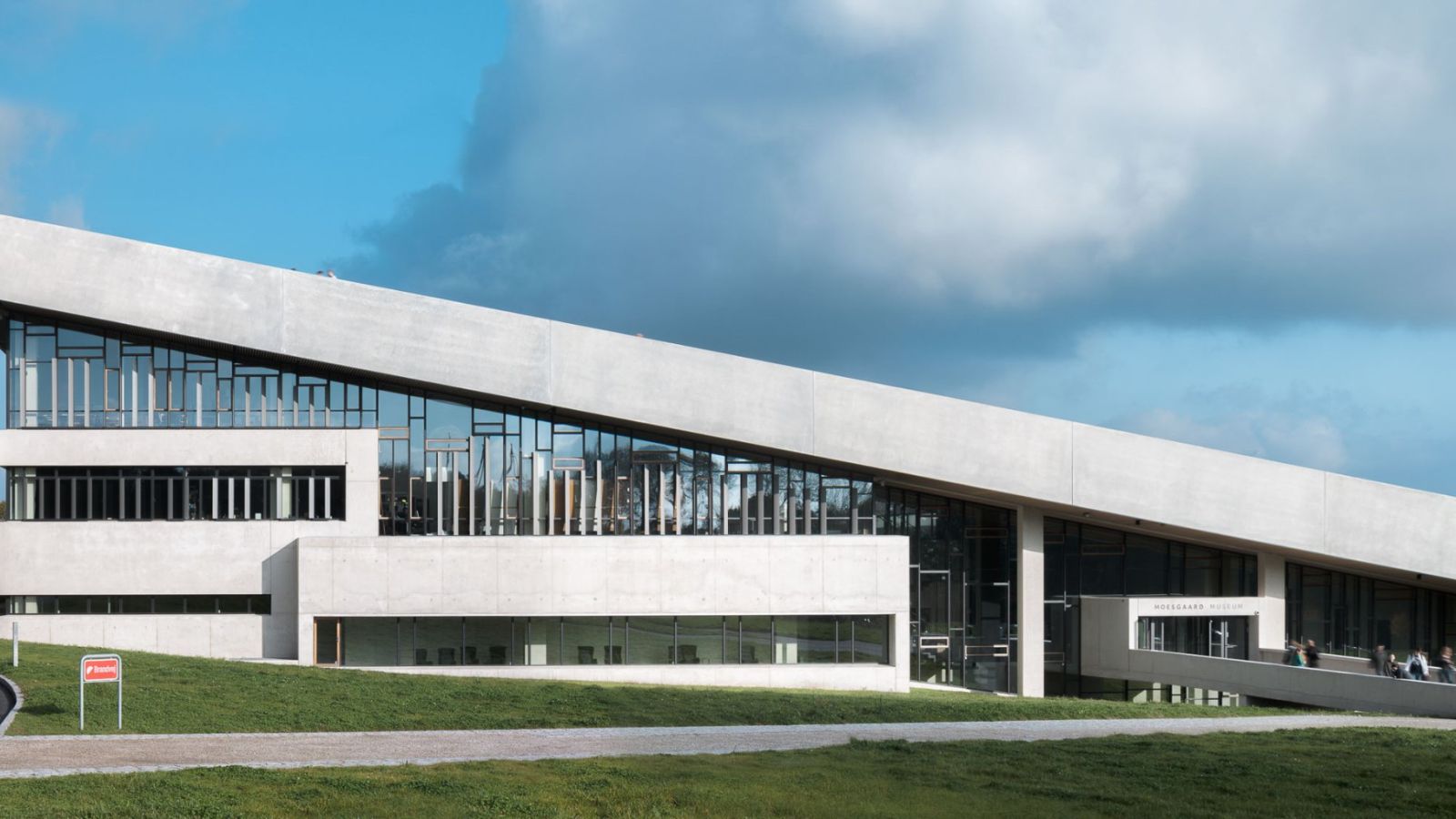
Mosegård Museum, Aarhus, Denmark

Midgard Viking Centre, Borre, Norway
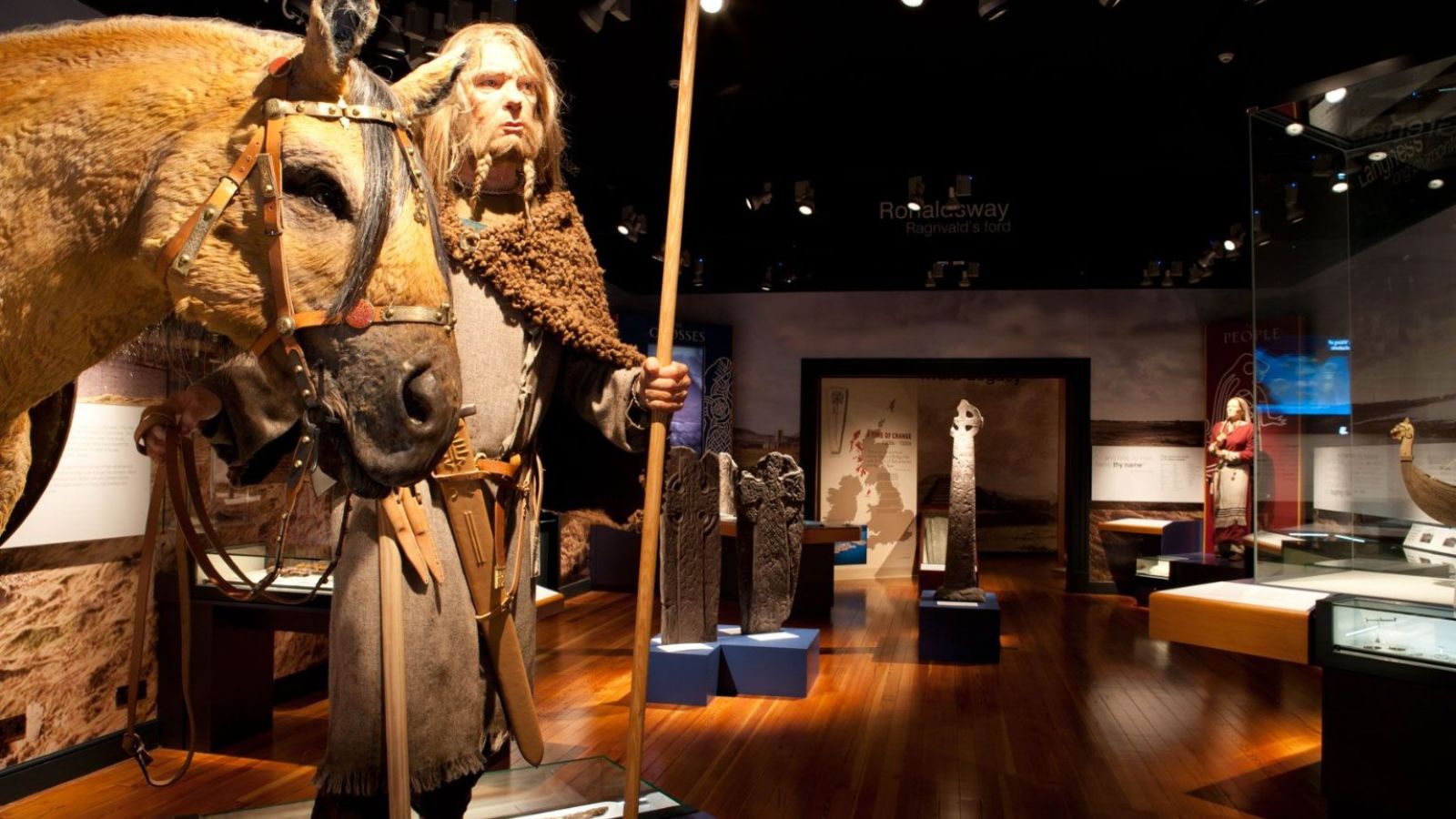
Manx Museum

Manx Crosses
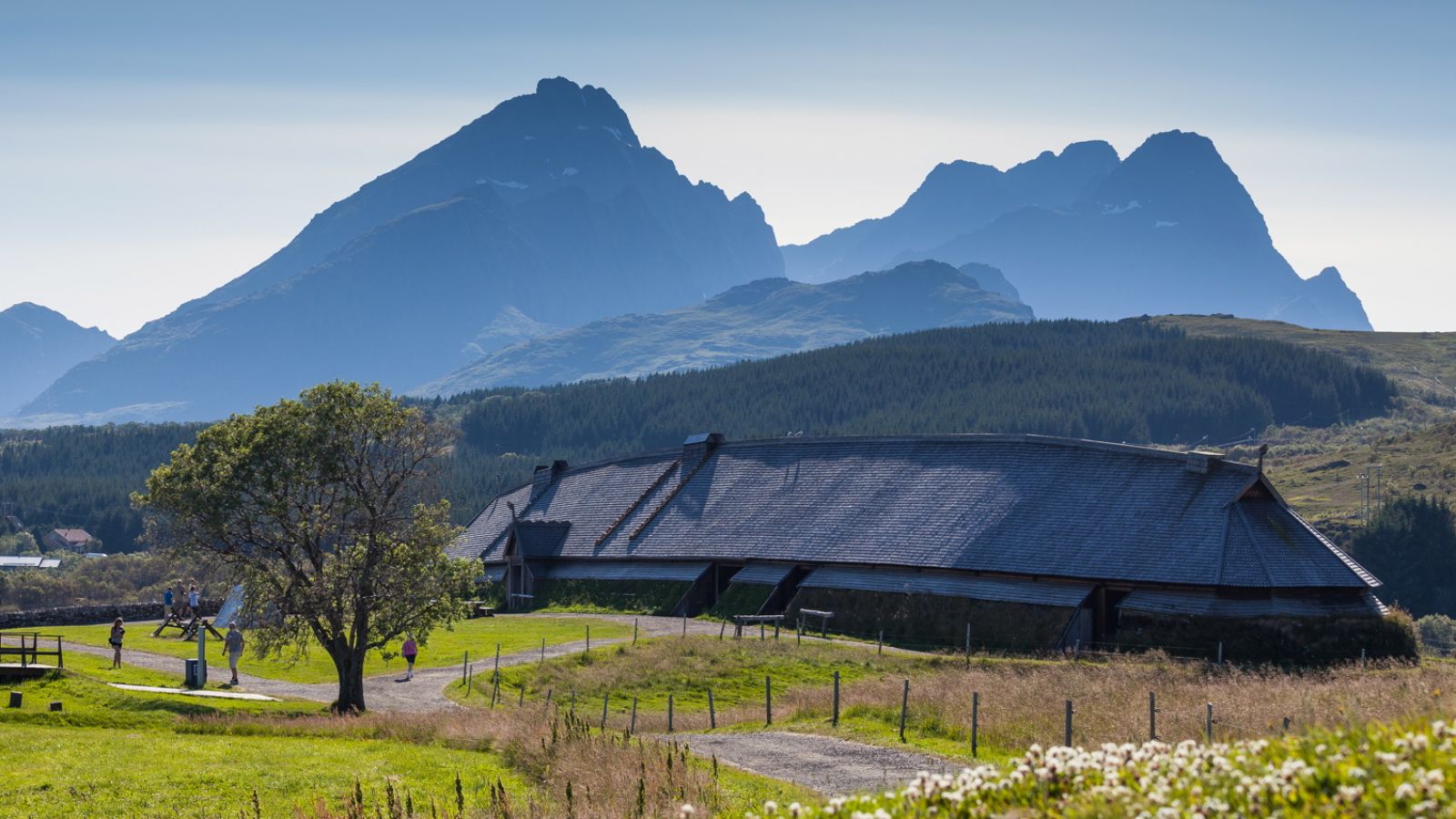
Lofotr Viking Museum, Norway

Lionheart tours

Lindisfarne

Lindholm Høje

Sagnlandet Lejre

L’Anse Aux Meadows, Newfoundland

Kvivik – Streymoy

Kvernsteinsparken (Millstone Park), Hyllestad, Norway

Kirkjubøur, Faroe Islands
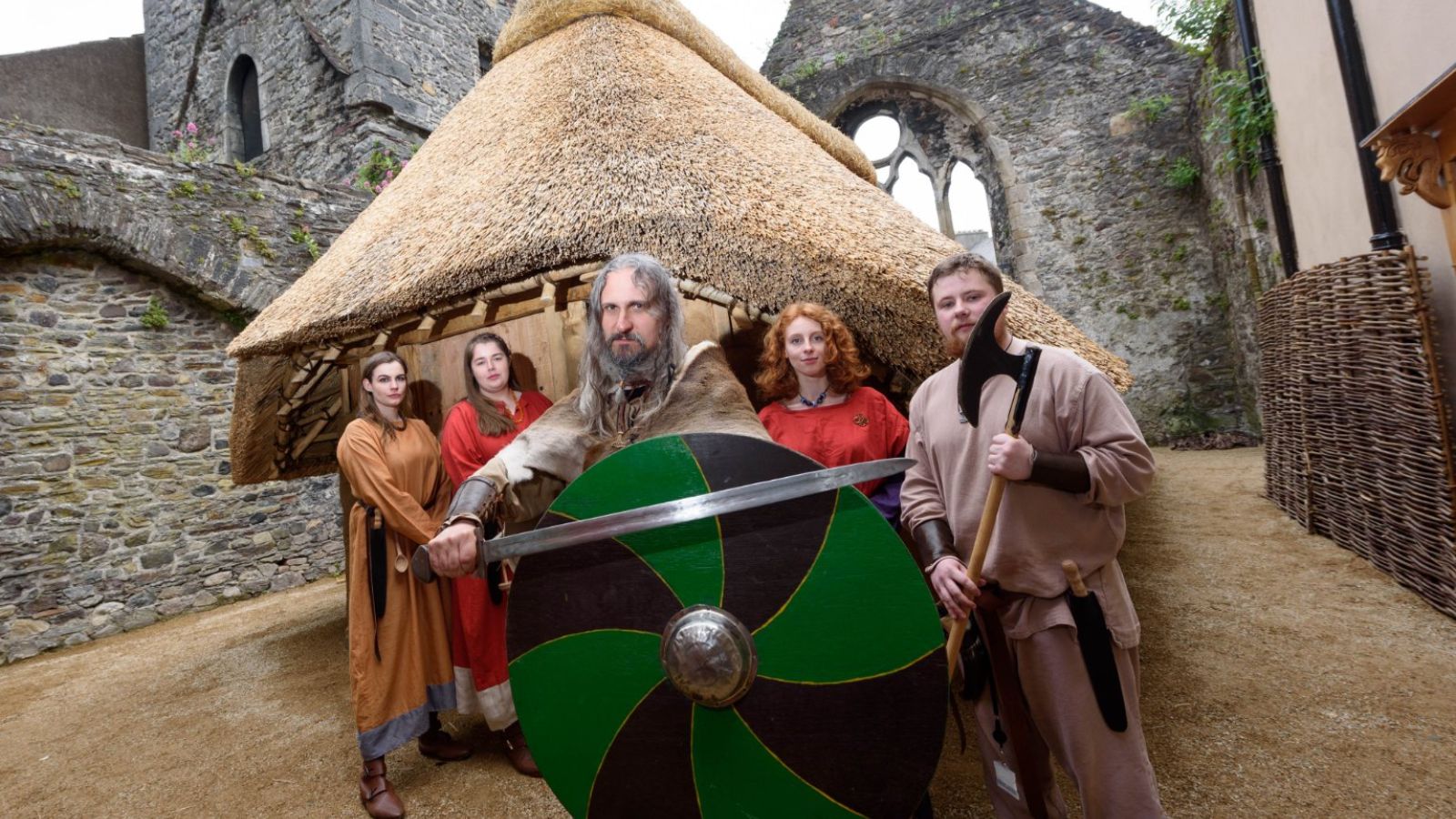
King of the Vikings
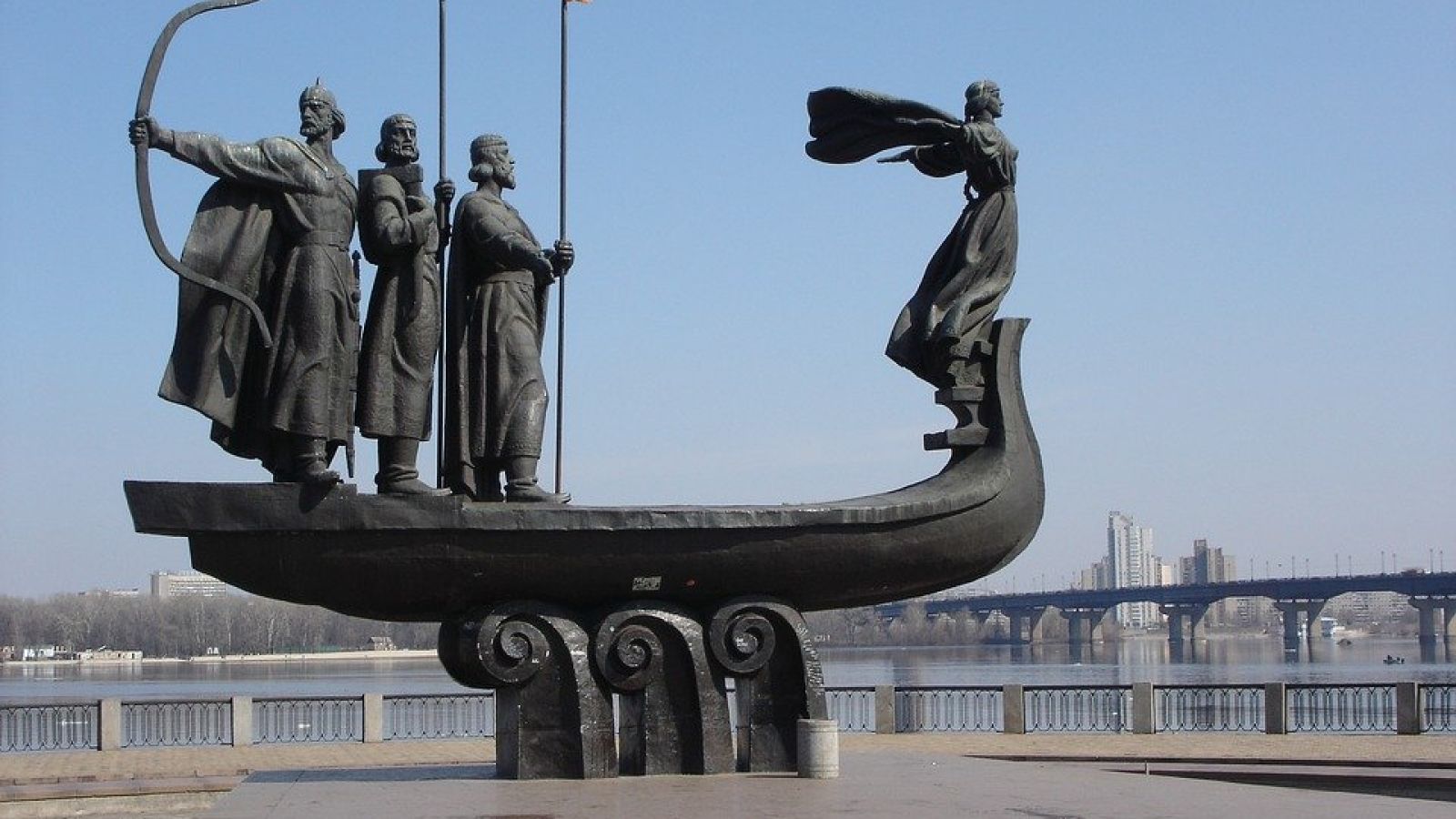
Kyiv

Kaupang the Vikingtown

Kaupang, Norway

JORVIK Viking Centre

Jomsborg Vikings Hird

Jelling

Jaroslavl

Jarlshof, Shetland

Iron Age Farm, Ullandhaug, Norway

Iona

Institute for Northern Studies UHI
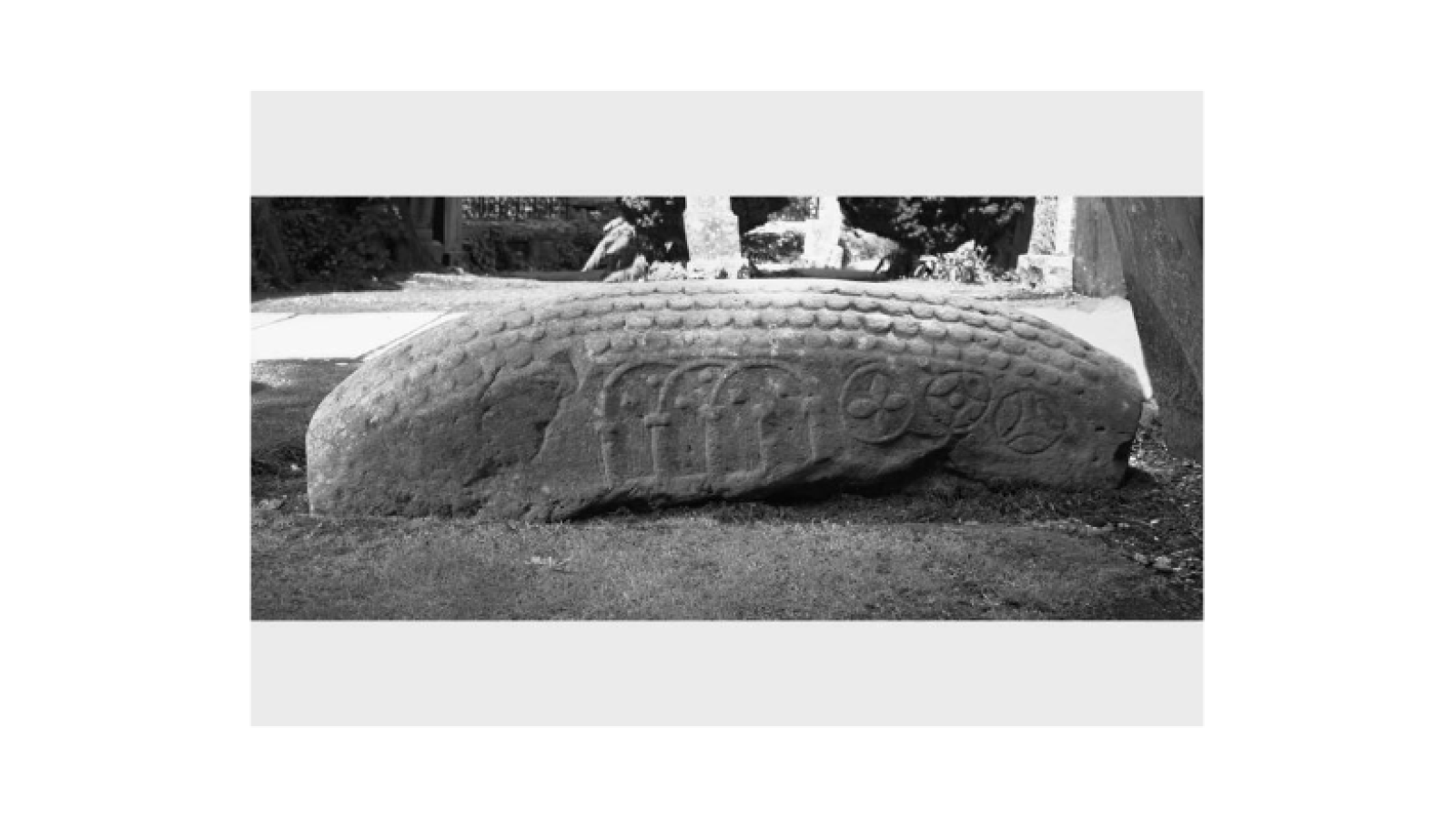
Inchcolm Hogback Stone

Hvalsey Church, Greenland

House of Manannan

Gulatinget and Eivindvik, Norway

GuideCompaniet

Govan Stones

Gosforth Cross

Gnjozdovo (near Smolensk)

Gården Under Sandet
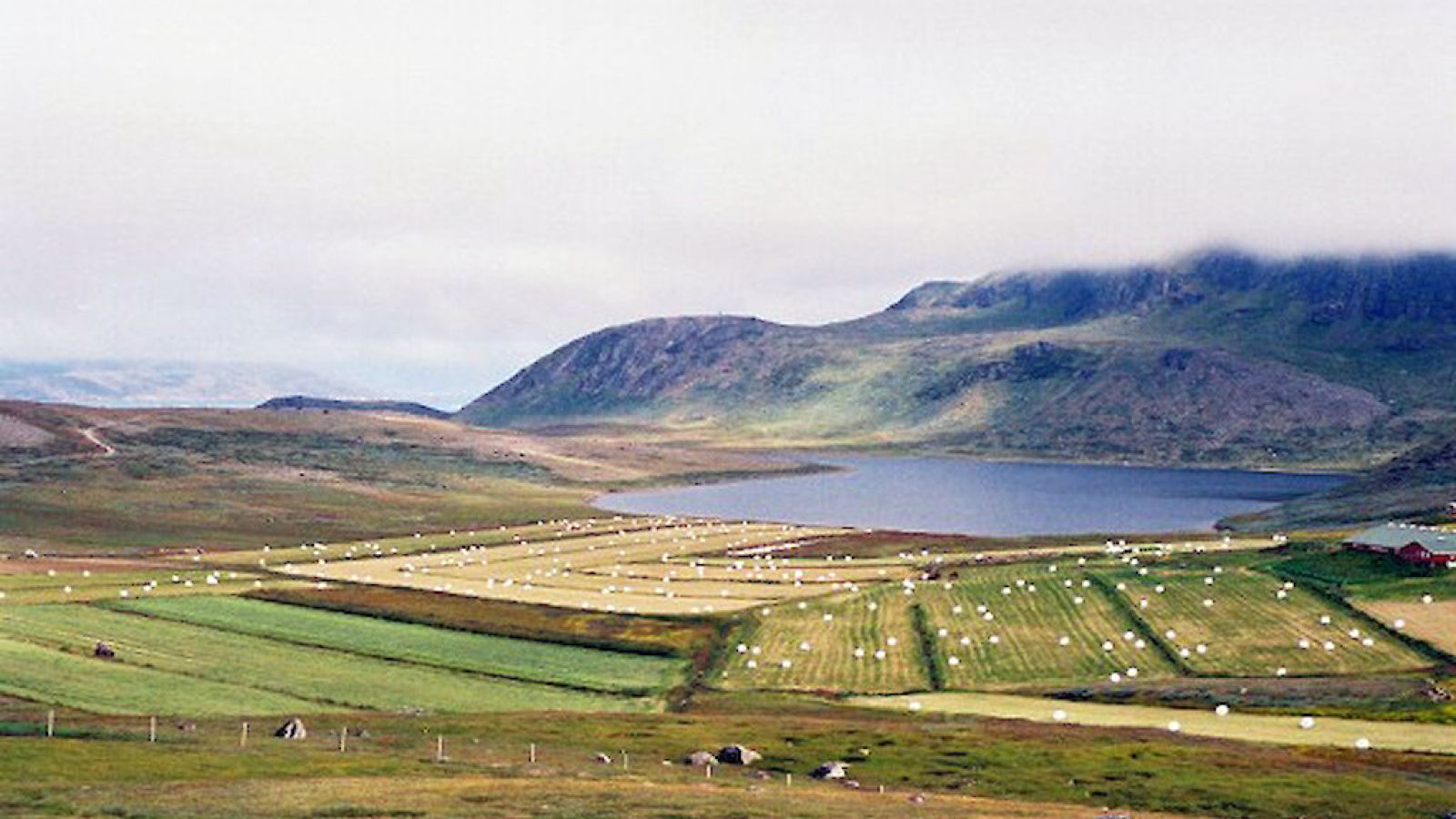
Gardar
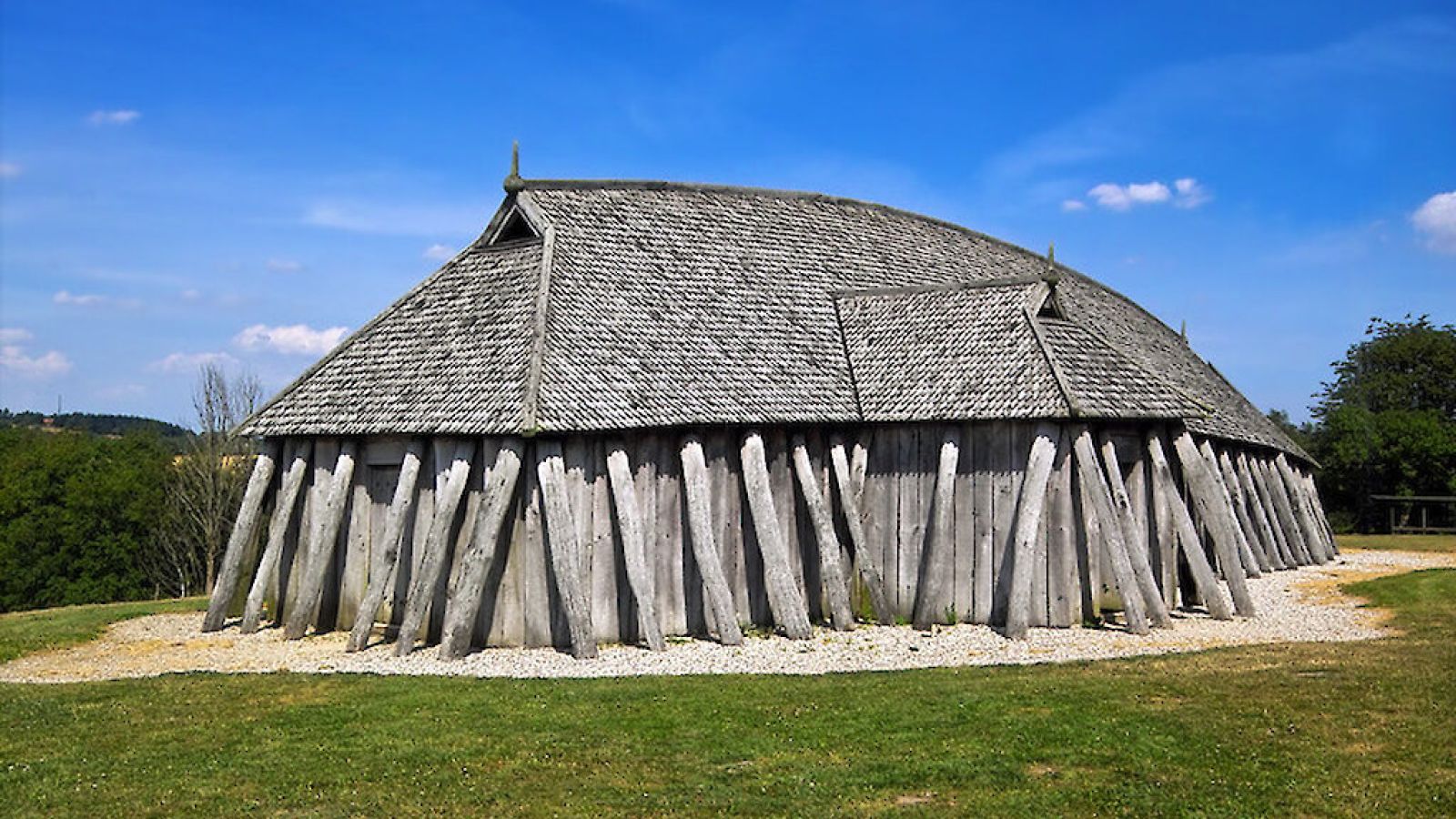
Fyrkat, Denmark
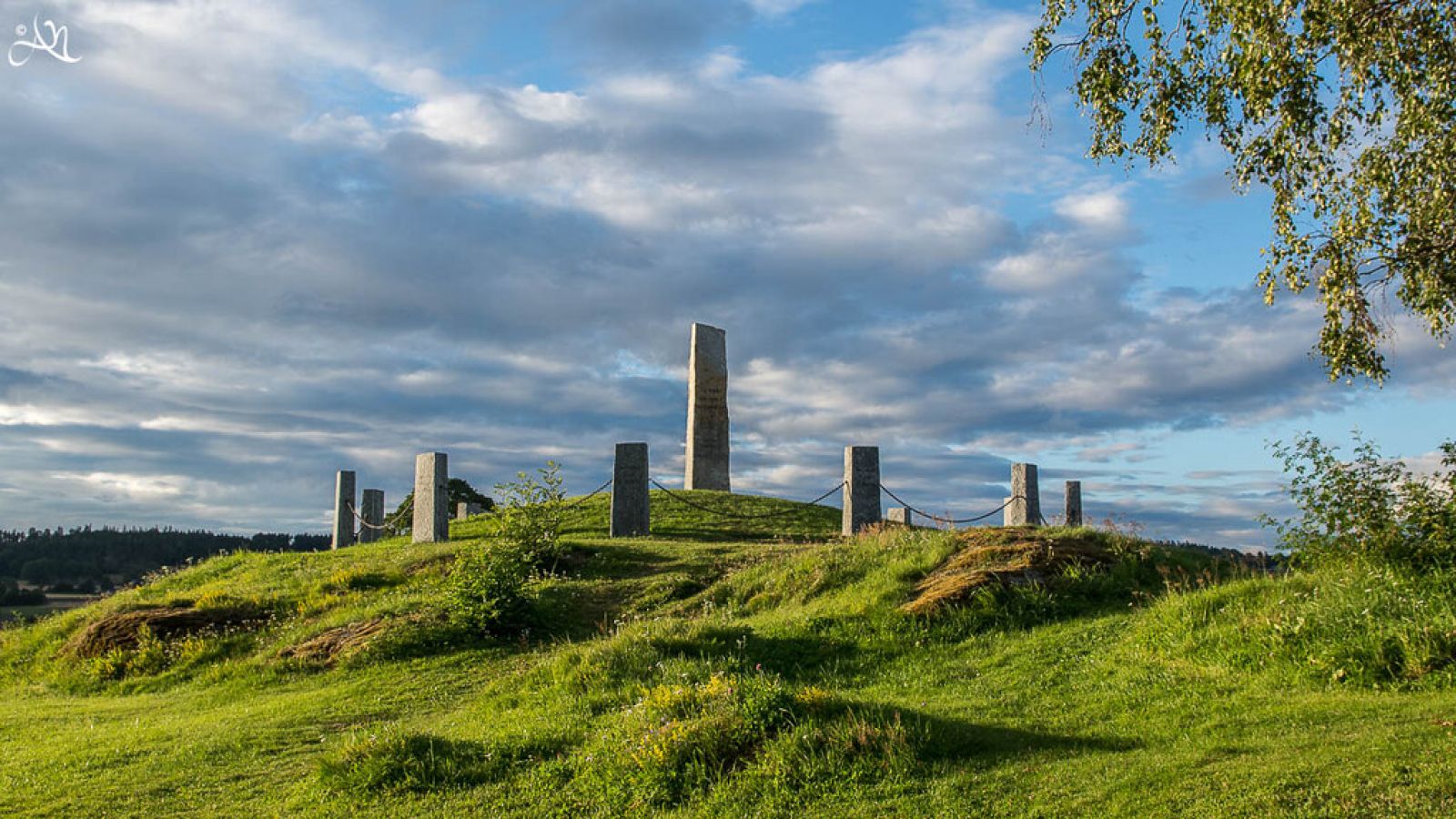
Frostatinget, Norway

Fries Museum, Leeuwarden

Frederikssund Viking Settlement

Föreningen Vikingaleden

Eysturkommuna

Dublinia
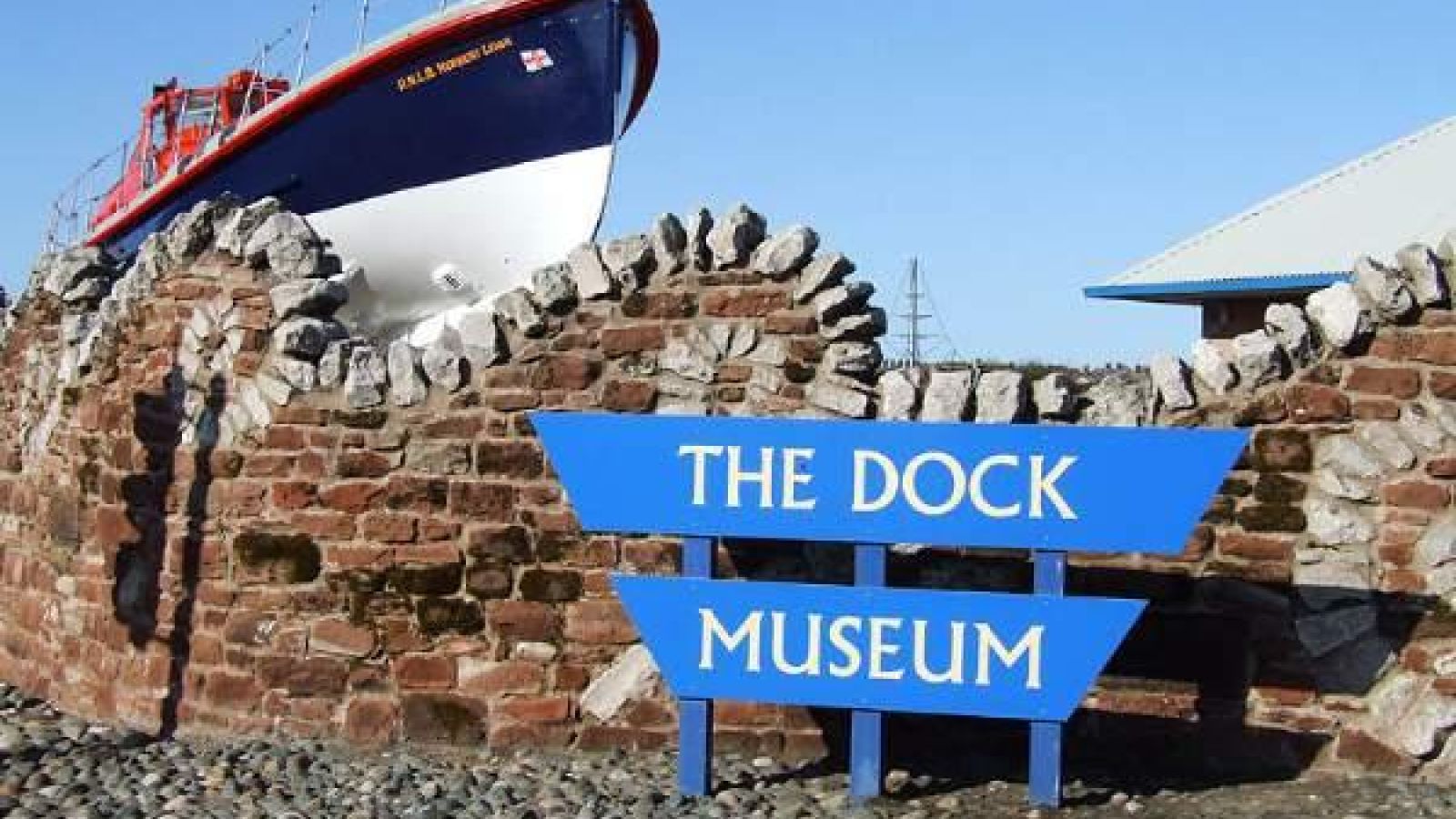
Dock Museum, Barrow-in-Furness

Da Biggins, Papa Stour, Shetland

Concello de Catoira

Chernigov

Chateau de Pirou

Centre of Slavs and Vikings
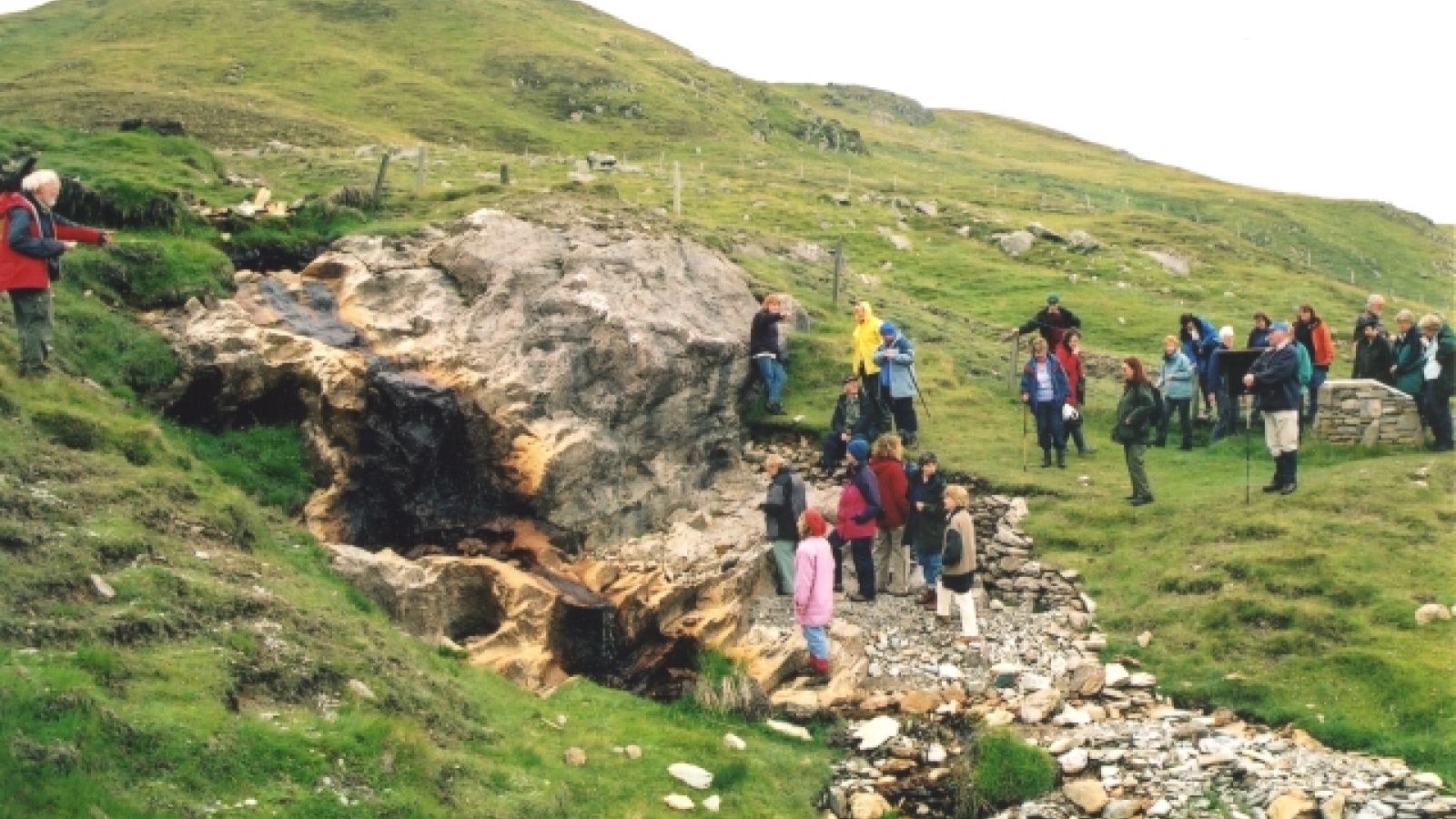
Catpund, Shetland

Castle Rushen

Brough of Birsay, Orkney

British Museum

Brattahlið, Greenland

Bork Vikingehavn

Birka Vikingastaden
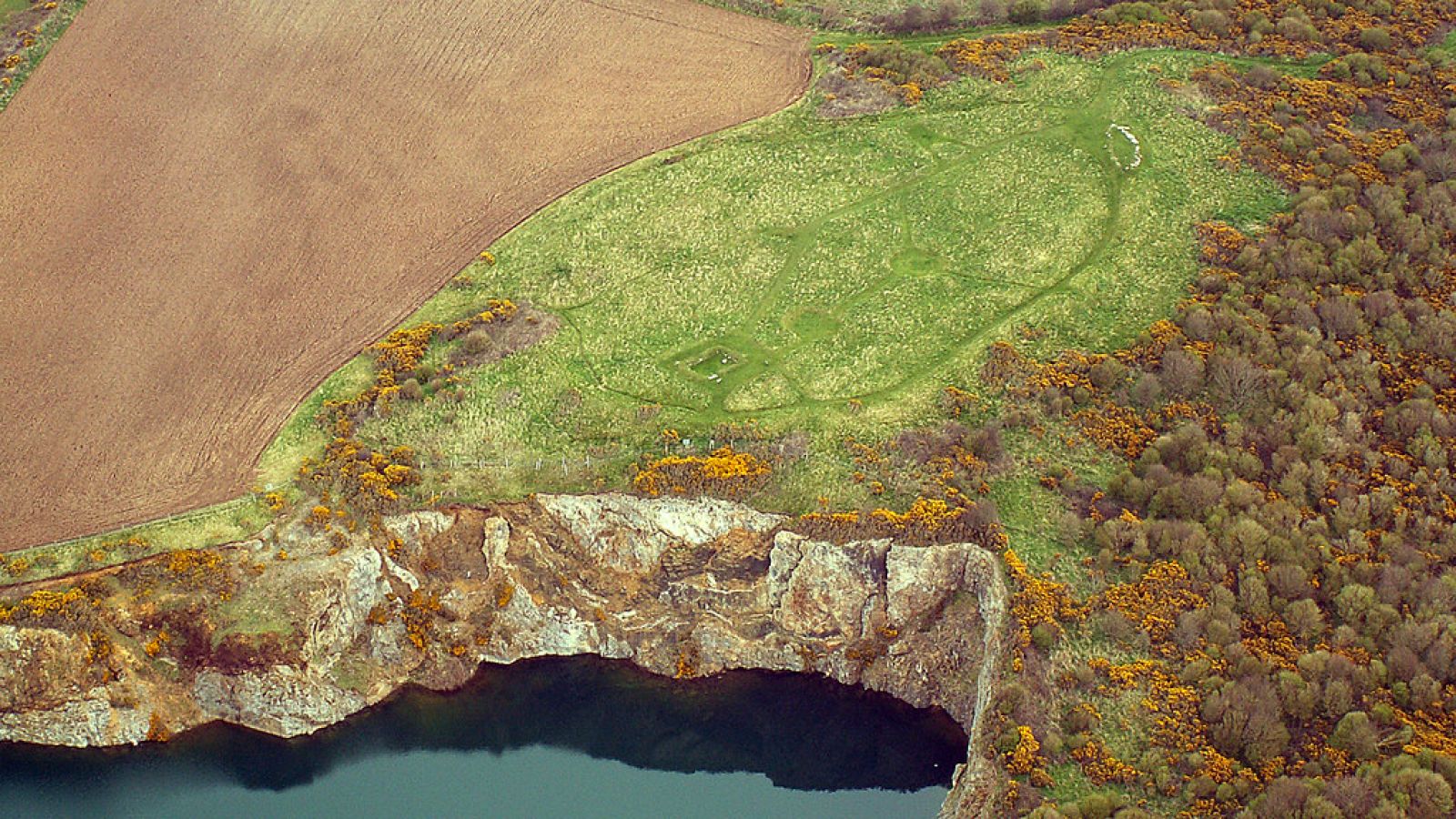
Balladoole

Avaldsnes, Norway

Asva Viking Village

Asgard Scotland

Årsjögård

Arnastofnun Manuscript Institute

Ancient Technology Centre

Adventure Shetland

Anundshög – Västerås

Archeon

Ale-Vikingagård